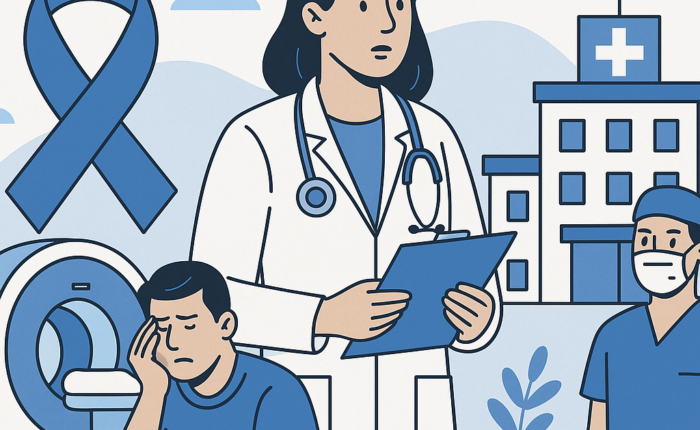The Cancer Health System in Pakistan: Challenges and the Road Ahead

Cancer is a growing public health concern in Pakistan, with thousands of new cases diagnosed every year. Despite advancements in medical science globally, Pakistan’s cancer care system faces numerous challenges, from late diagnosis to inadequate treatment infrastructure and limited public awareness. Addressing these issues is crucial to saving lives and improving the quality of care for cancer patients across the country.
Rising Cancer Burden in Pakistan
According to the World Health Organization (WHO), cancer is the second leading cause of death globally—and Pakistan is no exception. With an estimated 170,000 new cases reported annually, the country faces a cancer epidemic that continues to grow due to lifestyle changes, environmental factors, genetic predispositions, and lack of awareness.
Breast cancer remains the most common cancer among women in Pakistan, with the country having one of the highest incidence rates in Asia. Other prevalent types include oral, lung, liver, and colorectal cancers.
Key Challenges in Pakistan’s Cancer Health System
1. Lack of Early Diagnosis
Most cancer cases in Pakistan are diagnosed at advanced stages, making treatment more difficult and less effective. There is a general lack of awareness about early warning signs and limited access to routine screening, especially in rural areas.
2. Inadequate Infrastructure
Pakistan’s healthcare infrastructure for cancer treatment is limited and largely concentrated in major cities. There are very few comprehensive cancer treatment centers, and many lack modern equipment and specialized staff. Patients from rural areas often have to travel long distances for care, which can lead to delays in treatment.
3. High Cost of Treatment
Cancer treatment is expensive and long-term. In a country where a significant portion of the population lives below the poverty line, accessing chemotherapy, radiation, or surgery becomes nearly impossible without financial support. Government assistance and charitable organizations play a crucial role, but coverage remains insufficient.
4. Limited Research and Data
There is a lack of nationwide cancer registries and comprehensive data, making it difficult to plan targeted prevention and treatment programs. Without accurate data, policymakers and healthcare providers struggle to respond effectively to the growing burden.
5. Public Awareness and Stigma
Cancer is still seen as a taboo in many parts of Pakistan. Fear, stigma, and misconceptions prevent people from seeking timely help. Educational campaigns about cancer prevention, self-examinations, and treatment options are rare but urgently needed.
The Way Forward
Invest in Early Detection
Introducing nationwide screening programs, especially for high-risk cancers like breast and cervical cancer, can significantly improve survival rates. Mobile clinics and community health workers can play a major role in reaching remote areas.
Build More Cancer Treatment Centers
Establishing regional cancer hospitals equipped with modern diagnostic and treatment technologies is essential. Training more oncologists, radiologists, and support staff will strengthen the system.
Provide Financial Support for Patients
The government and private sector must expand financial assistance programs and health insurance schemes to reduce the burden on low-income families.
Launch Awareness Campaigns
Mass media campaigns, school programs, and workplace health checks can help spread knowledge about cancer symptoms, prevention, and the importance of early diagnosis.
Support Cancer Research
Collaborations between local and international institutions can enhance cancer research, improve clinical trials, and develop better treatment strategies tailored to Pakistan’s population.
